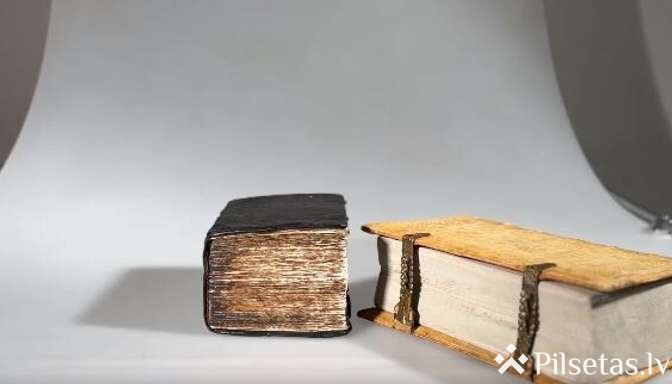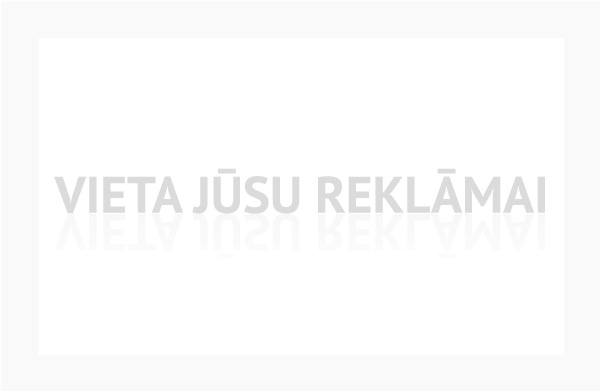“Pressed in Riga. 17th Century Books in the Collection of the Riga History and Navigation Museum”
“The books from the past centuries represent a unique cultural-historical value. Books have been printed in Riga since 1588, but the Riga History and Navigation Museum's collection includes some of the oldest books printed in Riga from the 17th century. The prints were predominantly of religious content. However, the printed books represented various fields of knowledge as well as everyday publications. Texts were printed in Latin, German, and Latvian languages. When holding a book, we first notice the work of the typesetter, then the publisher, and finally we get acquainted with the content of the book,” emphasizes the author of the exhibition, Antija Erdmane-Hermane, curator of the RHNM collection of cartography, documents, prints, and periodicals.
When did the Riga City Council establish the first printing house? What did the first Riga typographer, Nikolaus Mollin, and his successors accomplish? Where did paper travel from to reach Riga, what materials were used for making book covers, and what was the weight of impressive publications? What do the watermarks found in the pages of the books hide or reveal? What is known about the guild of book illustrators in Riga? The answers to these and many other questions can be found in the exhibition's narrative.
Here are some examples of the exhibited unique treasures. The book “Ilgi gaidītais latviešu sprediķu krājums” (Long-awaited collection of Latvian sermons), written by Georg Mancel, was published in 1654. The museum's collection preserves a part of the first edition of this voluminous work. The book is the first original prose composition in Latvian. Georg Mancelis, a German-born Latvian writer, linguist, teacher, and educator, using the orthographic techniques of the German language at that time, improved the Latvian written language, laying the foundations for the so-called old orthography of Latvian. The Bible translated by Ernst Glück, titled "Tā Svēta Grāmata jeb Dieva Svētais Vārds..." (The Holy Book or God's Holy Word...), was published in 1689. The museum's collection includes the first edition of Ernst Glück's translation into Latvian. The book “Rīgas atjaunotie aptieku noteikumi un cenrādis” (The Renewed Regulations and Price List of Riga Pharmacies), published in 1685, is the only complete copy in Latvia. It mentions more than 3000 medicinal remedies that were sold in Riga pharmacies.
There is also a special opportunity to view the preserved title page of the sermon collection “Debesu dārgumu krātuve” (Heavenly Treasury) by Riga's pastor Hermann Samson (the colorful character portrayed by actor Kārlis Sebris in the movie “Vella kalpi”). The title page is from the 1625 edition printed by Nikolaus Mollin.
The exhibition also tells the story of the guild of book illustrators established in 1630. The achievements of this guild possess significant cultural-historical value even today, after more than 300 years.
The exhibition is available until March 30, 2024, by purchasing a ticket to the museum's permanent exhibition. Additional information: RHNM Communication Department, Tel .: 67356676.
Museum website: https://www.rigamuz.lv/rvkm/.
FB page: https://www.facebook.com/Rigamuz.










